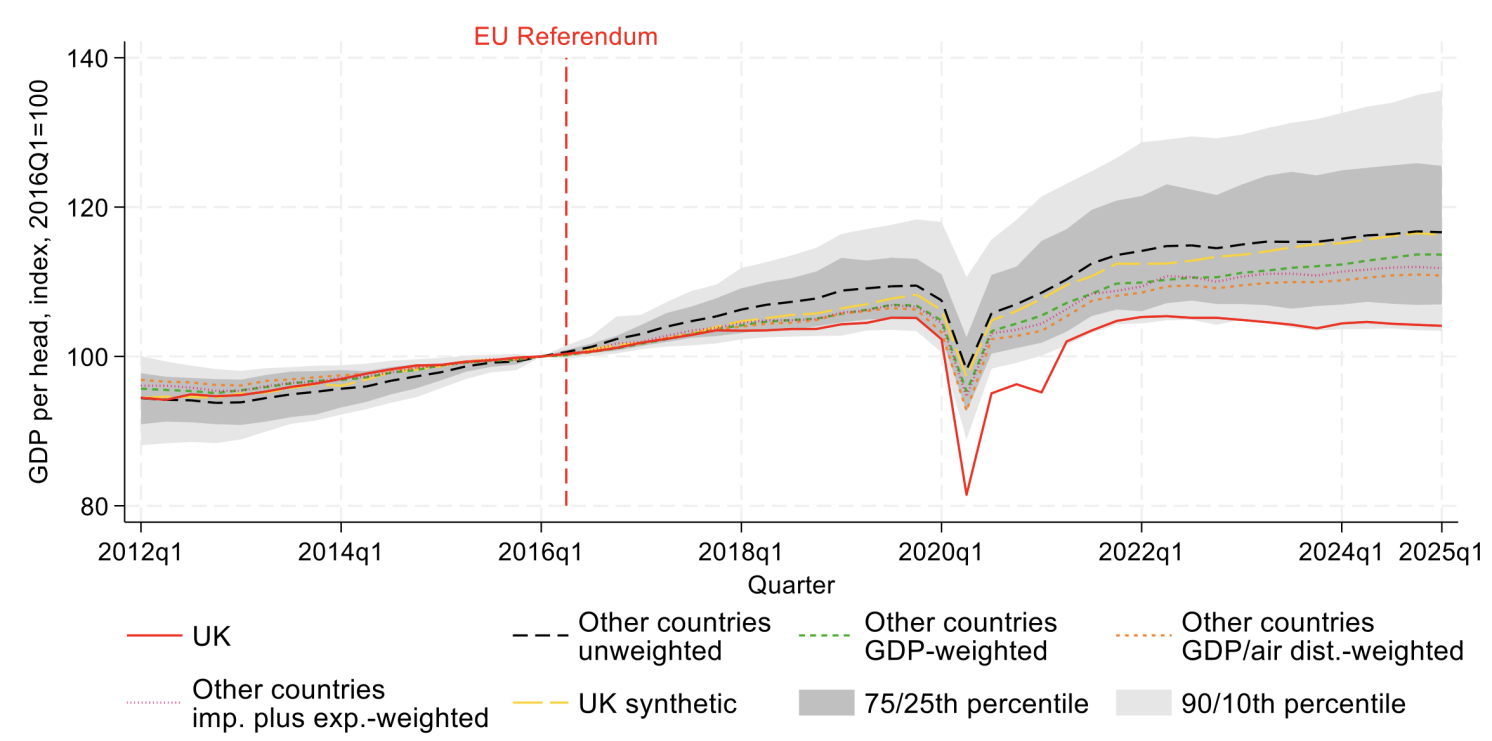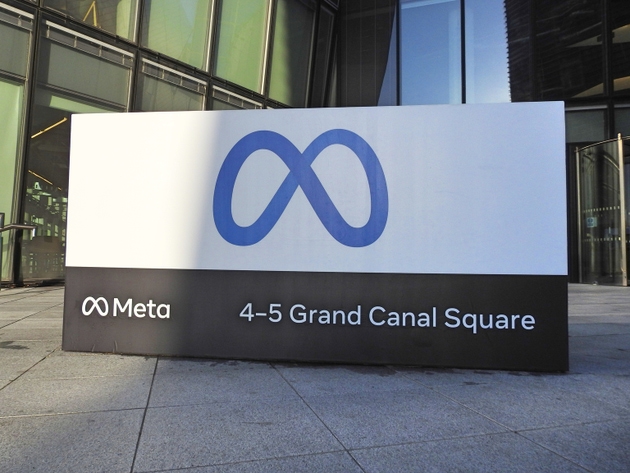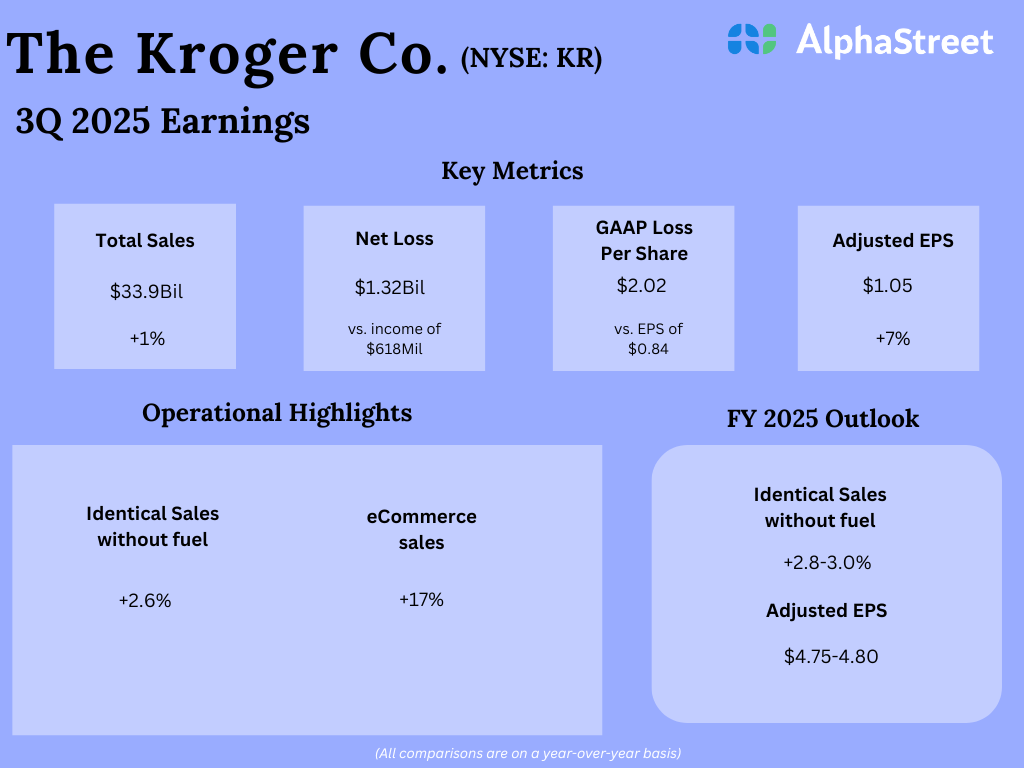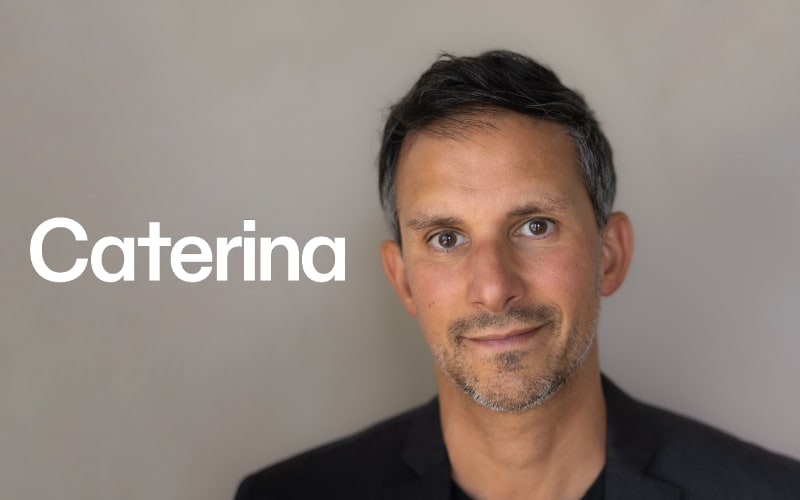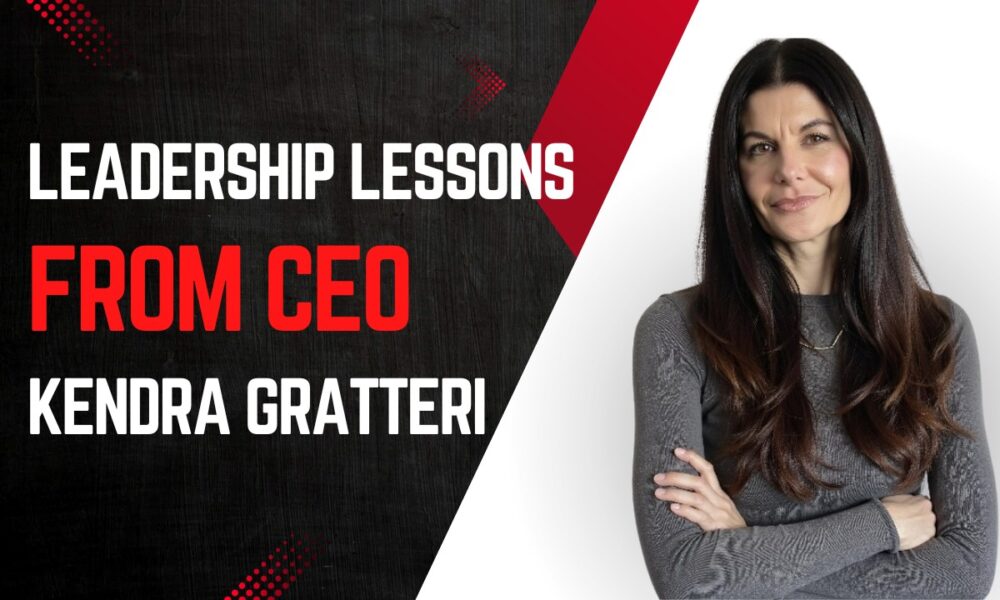SFC Capital is a prominent early-stage investment firm founded by Stephen Page based in the UK, recognized for its exceptional track record in supporting innovative British start-ups. Since its establishment in 2012, SFC Capital has invested in an impressive portfolio of 400 startups, making it the most active investment firm in the country.
At SFC Capital, they offer a comprehensive range of investment opportunities, including the renowned SEIS fund (Seed Enterprise Investment Scheme), an EIS fund, and an angel network. These avenues provide aspiring entrepreneurs with access to crucial funding and invaluable guidance throughout their journey from the initial SEIS funding round to a successful exit. At HQNFTS we are very proud to have SFC as our investors.
I recently had the opportunity to chat with Edward Stevenson, an experienced Investment Manager who plays a vital role in the screening and selection of the best investment opportunities for SFC. With his extensive knowledge of the investment landscape, Stevenson brings a wealth of expertise to the table. He demonstrates a keen understanding of the challenges and opportunities faced by early-stage businesses and investors alike.
So can you provide an overview of the SEIS and EIS fund you manage and its investment philosophy?
We are a SEIS Fund; the approach broadly is to invest into a company early on in their funding round. We are usually one of the first investors in and then continue reinvesting in them throughout their lifetime through a follow-on fund that we have available to us.
Essentially, we invest by the SEIS Fund first and then we’ll reinvest at a later date via the EIS fund. The point to stress there is that we’re able to just not only invest once, in many cases, we are able to continue reinvesting and supporting our portfolio companies through their journey. That’s broadly how it works from a very high-level investment philosophy.
We are early-stage investors, we are relatively broad with the criteria that we look for. We really place most of our emphasis on the team, to be honest, looking into their backgrounds and experience. We like to see well rounded management teams, all nicely incentivized within the business, all fully committed, bit of skin in the game. And yes, then if that condition is there, then really that’s a big amount of the evaluation that we do and then it’s moving into product and market and the actual specific round beyond that. But it really all starts with the team. And that’s the sort of foundation of the philosophy that we abide by.
How many companies have you invested in so far?
I can’t give you the exact number, but it’s certainly over 400. Since we started the fund in 2012, we’ve invested in over 400 businesses to date.
You briefly touched upon the criteria that you consider when investing. Anything else that you want to add?
Yes, team is paramount. It’s about getting stuff done ultimately, it’s what you want from a CEO.
Execution, and then if it’s a software business, obviously you’re a technical business then you’re going to need someone in there that understands the technical sides and I think you’re probably also going to want someone commercial, commercially minded or marketing minded acquiring the customers. So, I think our sort of dream team, if you will, would be a three-person co-founded team, always sort of a nice equity split between them and all with those key skills covered. And I think if you’ve got that regardless of the rest, then I think you’ve got a good shot they’re going to be able to do something with the investment.
Obviously, we do have other criteria that we need to investigate with reference to the market. Is there an opportunity there with the market? Is the business model they’re looking to undertake, is that viable? Obviously, it would probably be quite early for us as early-stage investors so they might not be able to validate a business model, but you’d be able to have a good indication whether that business model is realistically viable and then obviously if the company’s got traction that’s great. We don’t need to see necessarily traction in the revenue sense. Ideally, they would have revenues and even better they’d have revenues on a consistently recurring basis. So that’s the dream. But that is probably expecting quite a lot considering the stage of a company. So, we’re happy with sort of bit part revenues or pilot revenues from customers. And even we could look at traction when it comes to the product development that they develop the product to a point where it’s functioning because that shows that they’ve put a bit of skin in the game and they’re not just raising to build the product, which ideally, we would invest a little bit further along. So, we’re sort of a bit more aligned.
Are you seeing any trends with AI because it’s such a big focus on AI and AI models now? What’s your sort of take on this whole hype around AI?
Yes, exactly. we’re not experts in AI, so it does often make it quite difficult for us to really get under the hood of what these companies are claiming when they say that they’re an AI company. But you’re right when you say hype, there’s the hype cycle. The initial hype and then the inevitable failure to live up to the expectations, and then it gradually builds up again from there. So, I think we’re probably right at the top of the hype cycle now with AI. I think what’s different about this is that the whole chatGPT generated AI space is extremely interesting, and you don’t need to be an expert to realize its potential. It’s one of the first times that you can see AI as practical, useful, with day to day application in everyday lives, whereas before it was a bit abstract and arbitrary, but now you can really see the potential of it impacting people’s lives. So that’s a very interesting space the generative AI space.
We have seen a huge uptick in AI companies applying for funding and I think that’s a direct result of ChatGPT and this expansion within generative AI. There are going to be a lot of successful companies off the back of it, using the underlying technology, but it is about wading through what’s out there and just making sure that you’re investing in the best and you’re not just investing in essentially a ChatGPT with a different front end. But yes, certainly a massive uptick in AI applications and something that we’re looking to get more exposure to. But caveat that by saying that we are still going to have to assess each individual opportunity on its merits and not simply just invest in AI as a sort of generic blanket investment.
Now, we’ve talked about sector and AI and some of the decision-making criteria. What are the risks associated with early-stage investment and how do you mitigate or manage the risk?
Early-stage investments is massively risky. 90% of new businesses will ultimately fail within two, three or four years. I think it’s a statistic. It’s probably higher if you sort of redefine what a failure is for a fund investor. Failure is ultimately a business that doesn’t deliver ten times return. So, whilst the business might not liquidate or fail in the conventional sense, it will fail to end up scaling and growing to the point where it’s able to return those. The reason why most companies fail, it sounds obvious, is that they run out of cash. It sounds obvious, but ultimately that’s it, they run out of cash, and they can’t end up getting to the next stage essentially, so that’s why they fail. So, it’s super important to be on top of the numbers.
Every company that we invest in, we would insist that they have got a grip of their numbers as a priority. But we do also like the company to keep us informed, especially when it comes to the finances. So, we ask the company to report to us on a quarterly basis with management accounts and that’s just said to keep an eye on the cash position of the business and obviously if it is looking likely a lack of cashflow, there’s going to be issues up ahead. We would step in then and have a conversation with the company in terms of how best they might want to mitigate it, either through managing, reviewing the cost base or pushing the product out to market early to try and get some early sales or looking at another funding round.
The point is you’ve got to be on top of this and you’ve got to do it months in advance rather than two weeks in advance. Far too many times we’ve got companies come to us and say I’ll run out of cash. You should go to investors or seek advice when you’ve got five- or six-months’ worth of runway so you can put a plan in place. So being on top of that is probably the most important part of the post investment for us and we find it very well when it’s managed well. It’s super effective and increases the chances of success and growth. I would say that’s the biggest and obvious risk. But ultimately at the end of the day, capital at risk is lower than capital invested because you get the relief with the government and then obviously you get the loss relief on top of that. So, it’s a
fantastic scheme from an investor’s perspective as well. I think the most you can lose is like 25p from every pound you invest through SEIS. So, it’s a no brainer if you’ve got a bit of cash sitting about. It’s a no brainer really to get stuck into SEIS, we think, and we’re really hoping that more and more people hear about it.
Are there any challenges or rules that make it difficult when investing under the SEIS scheme?
SEIS have specific rules around the companies that you can invest in. They’re quite specific and if you get it wrong, it can result in the company not actually being eligible for SEIS relief, which is obviously something you really, want to avoid.
The biggest risk, the biggest challenges around SEIS are finding eligible companies for the scheme. For example, they’ve got to be UK based, obviously can’t have gross assets of more than £200K, can’t be trading for more than two years, can’t have received any state aid, can’t be involved in certain sectors, must be new IP, the list goes on.
It’s a long list and you can fall foul of those rules. So, if you want to manage a fund and invest in multiple SEIS opportunities every year and make sure they’re all eligible, you’ve really, got to be on top of that. And that’s a huge part of our DD. Even before we’ve started looking into the financials and commercials, we’ve got to spend a lot of time working out whether these companies are eligible for the scheme. So that takes up a vast amount of our time and it’s not as easy as just investing in companies and getting the SEIS relief. There’s a vast amount of work that goes into making sure these companies are eligible. So, I would say that’s the biggest challenge in managing a SEIS fund.
Can you shed some light on the due diligence process that you undertake during investment?
We’ve got a comprehensive DD process. From the point when we start engaging with a company, before we get to the investment committee to present it to them formally, we need to get through the whole DD process. It’s pretty industry standard in terms of what we look for. We have several questionnaires we like the company to complete. We obviously require all the sort of legal documentation regarding the company incorporation documents, cap table, any existing investment agreements, any options, any warrants, any convertibles that the company has received to date. We get all that stuff, and we move into looking into the financials.
One of the biggest parts of the DD if the company is trading, looking at the management accounts, up to date management accounts. We need to see latest an up-to-date balance sheet to make sure the liabilities and assets all align, and the company hasn’t got any large liabilities, et cetera. And then, obviously, the profit and loss, seeing the company’s trading history to date, if they’ve got it, and then going beyond that, looking into the financial model, if you will, the forecast, making sure that the company is thought through.
A decent plan in place based on what they’re going to raise, and obviously doing that under relatively reasonable assumptions. We asked for a company to do two, one worst case and one best case scenario. The worst case if the company is pre revenue then we like to get the company to assume, show us twelve months of runway based on our investment without any sales just to see how the company would manage that situation. Obviously, it’s a worst case and in most cases, hopefully the company starts generating revenues earlier. But we need to see that in case the worst happens. And then a best case is like a relatively reasonable sort of 5% month on month growth in sales and we’d like to see another sort of cash flow for that. And then customers on the commercial side, we like to see what sort of plan they’ve got in place when it comes to the route to market. How they’re going to acquire the customers. If they have any customers, any pilots, et cetera. We like to see evidence of those that’s really important as well and yes then if that all goes well, we would review it, ask any questions et cetera, get it all tied up and then put it all into a memo and take it to the investment committee to get them to sign off on a formal decision.
We like to try and do it relatively quickly. So, in about four weeks from the point, we engage a company in the DD phase to get money in the bank, including doing all the execution of all the documentation. It’s about a four-week time to receive investment, which is at the shorter end of the market, for sure, but something that we know we pride ourselves on.
Are there any other value-added services that you provide apart from investment?
Post investment, the biggest benefit we can bring is advising the company financially. As I said we like companies to report to us on a quarterly basis with management accounts. We also like to have a board seat as an observer that just gives us the ability to attend the meetings, not vote but attend board meetings and contribute. Every company gets a dedicated portfolio manager, post investment, who will be their direct point of contact. And if they need anything, they can always reach out directly to them.
I think the ability to reinvest through the EIS fund is a big advantage that we can bring. We have a big portfolio, so we’re always happy to try and create synergies between the portfolios, portfolio companies. We can handle that directly for you on your behalf and you think that’s a good opportunity to meet similar businesses or people at a similar stage or situations as you to get advice, feedback, et cetera.
We also have a big partner network, of experts, advisors involved in all different parts of business. And obviously we know them well and we’ve reviewed them and vetted them so we can put you directly in touch and you’d obviously manage relationship past that. But the point is that we know them and trust them, so there won’t be people that will take advantage of the company, which is a big problem, in the industry, especially at the early stage.
Can you share some success stories or examples of companies that have gone on from SEIS and have been absolute roaring success?
The best example that we have that just sort of highlights everything that’s good about our model is Onfedo, which does verification for financial services, amongst other things. It was one of our first investments back in 2012. We led the SEIS Round brought in Angels and reinvested several times.
That’s obviously gone on to be a unicorn. I think it’s almost valued at a billion, maybe not quite yet, but anyway, it’s been extremely successful for us as a fund. It’s great. It hasn’t obviously been acquired or hasn’t had a complete exit, but we’ve sold some of our shares down the line,
as we went along through secondaries, et cetera. So able to get some liquidity back to our investors, which is really the name of the game, ultimately, it is to return money to our investors. That’s the perfect example of a successful investment.
How do you handle exit strategies?
No, we don’t have anything specific in documentation that requires a company to sell after a certain period, but we do tell our investors to expect a sort of five-to-seven-year time frame to see a return. It’s sort of broadly how we look at it. We are more than happy to get involved in secondaries, et cetera, partial exits, so we don’t need to wait for a full-scale acquisition. Most of our exits today have come as partial exits. i.e., through secondaries just because returning liquidity to the investors is the name of the game. And when there’s an offer to buy the shares, an increase, significant increase in the share price, then, yeah, we’ll jump on that. So that’s really what we’re focused on is liquidity.
How do you stay updated with market developments?
Good question. I think it’s just how anyone would, really. I mean, just keeping a finger on the pulse, reading lots of research, lots of reports, keeping your ears to the ground and just generally staying informed with a finger on the pulse. To be honest, I think it’s quite clear when there’s an interesting opportunity and interesting markets going to represent a big opportunity and then you want to try and get some exposure to the space.
What are the new trends that are emerging in the SEIS and EIS world and how is it influencing your investment strategy? Especially around the increase in the SEIS limit.
Yes, you mentioned the change is obviously a real positive in terms of increasing the SEIS limit to £250,000. Not only is that better for companies, obviously, because they can raise more, you got more runway, which is going to be critical moving forward, given the fact that we’re entering uncertain economic environments. So, they need to maximize the amount of cash they can raise now and sort of batten down the hatches. So that’s really the biggest sort of change, I would say, from the SEIS side of things.
In terms of influence on our investment strategy, I wouldn’t say it’s influenced it too much, other than the fact that we’re looking to do more into companies now from the SEIS fund. Whereas before we were limited to £150,000. And obviously now we can do more. That would be one of the major changes. It would also mean that we can bring in more SEIS investors to co invest alongside us. When it was £150,000, it probably wasn’t quite enough to go around, certainly if two funds were looking at it, but now if there’s £250,000, there’s definitely a conversation to be had with other SEIS funds to co invest on the round and sort of split the SEIS. So, we’re looking to do that more and more.
That brings its own benefits in terms of having more investors on the cap table. Means that there’s more potential in the future for reinvestment from both parties and just provides more perspective and advice from the various sides. I think that’s going to be a real positive development. EIS has always been well regarded and being quite popular. SEIS is less well known for obvious reasons. It’s obviously the lower amount so it gets talked about less. But I think with the limit rising as well on the investor side, from £100,000 to £200,000. So, every year an individual can invest £200,000 through the Ses scheme rather than 100,000 and I think maybe that might mean that more people will consider it as it’s more worthwhile of their time and particularly financial advisors will hopefully start looking at it a bit more seriously. Again, if it’s £200,000 it’s probably worth them talking about it to their client and potentially recommending their best buyer. But whereas previously they probably weren’t really bothering with the £100K, but now it’s £200k and the SEIS schemes do rely a huge amount on financial advisors recommending them to their clients. So, if they can recommend SEIS more and more, it’s only going to be a positive for the scheme. Hopefully we should see an increase in the number of SEIS investments made as opposed to last year. Despite the wider macroeconomic environment being negative funding, I would expect to see more investments next year compared to this year, just because, again, it’s a slightly nuanced sector space, but I think with these changes that would support it quite nicely. We are positive on the outlook from our side of things at least.
What is your advice on maximising the tax advantages for SEIS and EIS and how do you support the investors in your fund?
Part of the service that we provide as a fund. The service that we provide to our investors who invest by the fund is that we will essentially take care of all the administration on their behalf. So not only are we investing in the best companies for them on their behalf, and not only are they getting 20 to 25 individual companies, which massively increases the chance of a return from a risk profile, but we will also manage the SEIS and EIS certificate certification process, all the compliance.
Once you make an investment in a SEIS investment, you must then get a separate certificate that enables you to reclaim the tax relief based on SEIS and we do all that on the investor’s behalf. So essentially, they give us the money and then within a period we will return them not only a share certificate for the individual company, but also a SEIS certificate that they would then submit to HMRC to claim their tax relief. We do most of it on their behalf and it’s a full service and then we monitor the investments beyond that and provide them with regular updates.
How do you ensure transparency and effective communication with your fund’s investors?
We already sort of touched on it. But, as I said, we monitor the business, post investment on a quarterly basis and provide quarterly reports to our fund investors. We have a platform as well, an online platform, where investors would, have access to and that would give them a total overview of all their investments they’ve made, including the individual companies, the performance of those companies and regular reporting for them. It’s key to our success. Something that we pay a vast amount of effort on, ensuring that we communicate with our investors as much as we can and maintaining a positive relationship with them.
What keeps you awake at night?
What’s upsetting is when a company fails you had high hopes for. And it’s not being angry or frustrated with them because in most cases they haven’t done anything wrong other than just not necessarily had the rub with the green or the luck that is required. There’s a lot of luck required and being there at the right time, right place. It’s just upsetting to see a good company and a great team not quite make it. That’s the upsetting part, but that doesn’t necessarily keep me up at night.
What keeps me up at night is the missed opportunities, you don’t want to be passing on the next Facebook. It’s the ones you pass on rather than the ones that you invest in that ultimately don’t manage to make it, sadly. So, yes, that would be what keeps me up at night for sure.
Finally, any advice for investors who might still be risk averse when it comes to startup investing in the UK?
Yes. You can’t really say any more than how attractive a scheme SEIS is. If you’re not comfortable investing for SEIS, then you’re not ever going to be comfortable investing, to be honest, just because it’s basically as good as risk free investment as you’re ever going to get. When you look at it in terms of the amount you can lose, going back to 25p in the pound is the most you can lose and the most you can make is uncapped because there’s no capital gains. So, yes, SEIS has got to be the most attractive investment scheme in the world.
You still do need cash to make the investment. Obviously if you’ve got cash left over after having sorted out your taxes and your pensions and your SEIS, then if you’ve got a bit of money left over, then 100%, I would recommend getting in touch with the funds. Obviously, I would recommend getting in touch with us for obvious reasons, having a chat and just getting started, because the advantage of investing in a startup is rather than investing in a public listed company, you can get more involved. It’s just much more interesting to see the journey from very beginning and you can be a part of.
The views and opinions expressed herein are the views and opinions of the author and do not necessarily reflect those of Nasdaq, Inc.













